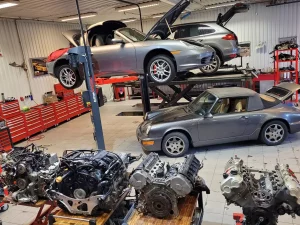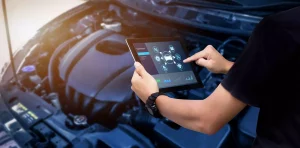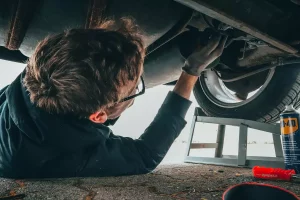Understanding vw connectors
VW connectors are essential components in Volkswagen vehicles, serving various functions within the electrical system.
From connecting wires to sensors and modules, these connectors ensure proper communication and functionality throughout the car’s systems.
However, there are times when you may need to remove VW connectors, either for maintenance, repair, or modification purposes. While it may seem daunting at first, with the right tools and techniques, you can safely remove VW connectors without causing damage.
Gather the necessary tools
Before you begin the removal process, it’s essential to have the right tools on hand. Here’s what you’ll need:
- Flathead screwdriver
- Needle-nose pliers
- Electrical connector release tool (optional but recommended)
Having these tools readily available will make the removal process much smoother and reduce the risk of causing any unintended damage.
Identify the connector type
VW vehicles use various types of connectors, including push-to-release, tab-lock, and twist-lock connectors. Before attempting to remove a connector, take a moment to identify its type.
Push-to-release connectors require you to depress a tab or button before pulling the connector apart. Tab-lock connectors have small tabs that need to be gently lifted to release the lock mechanism. Twist-lock connectors require a quarter turn to unlock before pulling them apart.
Disconnecting the connector
Once you’ve identified the connector type, follow these steps to disconnect it:
- For push-to-release connectors, press down on the tab or button while gently pulling the connector apart.
- For tab-lock connectors, use a flathead screwdriver or needle-nose pliers to lift the tabs while pulling the connector apart.
- For twist-lock connectors, twist the connector a quarter turn in either direction to unlock it, then pull it apart.
Take care not to apply excessive force when disconnecting the connector, as this could cause damage to the connector or the surrounding components.
Inspecting the connector
Once the connector is removed, take a moment to inspect it for any signs of damage or corrosion. Check the pins and sockets for any debris or foreign objects that may hinder proper connectivity.
If you notice any issues with the connector, such as bent pins or corrosion, it may be necessary to clean or replace the connector to ensure reliable performance.
Reconnecting the connector
After inspecting the connector, reconnect it by aligning the pins and sockets and firmly pressing the two halves together. You should hear a distinct click or feel a slight resistance when the connector locks into place.
Once the connector is reconnected, give it a gentle tug to ensure it’s securely fastened. Double-check that any locking mechanisms are engaged to prevent the connector from coming loose while driving.
Removing VW connectors may seem intimidating at first, but with the right tools and knowledge, it’s a straightforward process. By following the steps outlined above, you can safely remove and reconnect VW connectors for maintenance, repair, or modification purposes.
Remember to always handle connectors with care and avoid applying excessive force to prevent damage. If you encounter any difficulties during the removal process, don’t hesitate to consult a professional mechanic for assistance.
With practice, you’ll become more comfortable working with VW connectors, allowing you to tackle electrical issues with confidence and precision.




